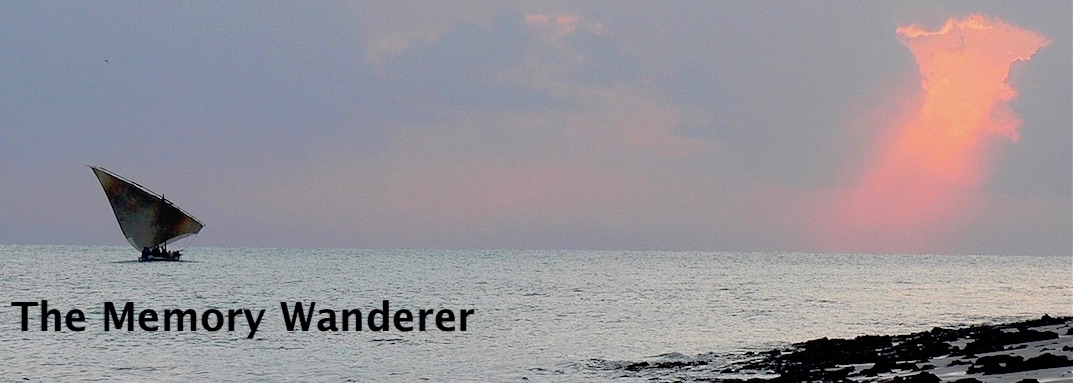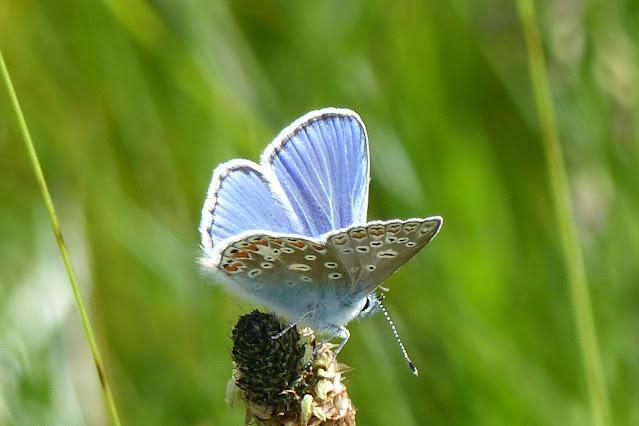A surprise find on our walk today has cheered what is otherwise a dreich day. Squelching along the path through the woodland in the Golspie Burn's glen, in one of the small clearings we spotted....
....an orchid. While it resembles the heath spotted we found in the Beinn Bhraggie woods (orchid site 3, link here) it's almost certainly a common spotted, which has a much more pronounced 'tooth' on the lower 'lip' of the flower.
At a rough estimate there are twenty of them within a few metres of each other, ranging from slightly darker in the previous photo to this much paler specimen.
To survive in this crowded environment they've had to grow fast and tall - I think this is the tallest orchid I've ever seen though an orchid website states that they can reach 70cm. Visible in this picture are the typical spotted leaves.
We searched the length of the glen for more, without success. It does seem as if the Golspie area has a good selection of orchid species but at remarkably few sites.























































